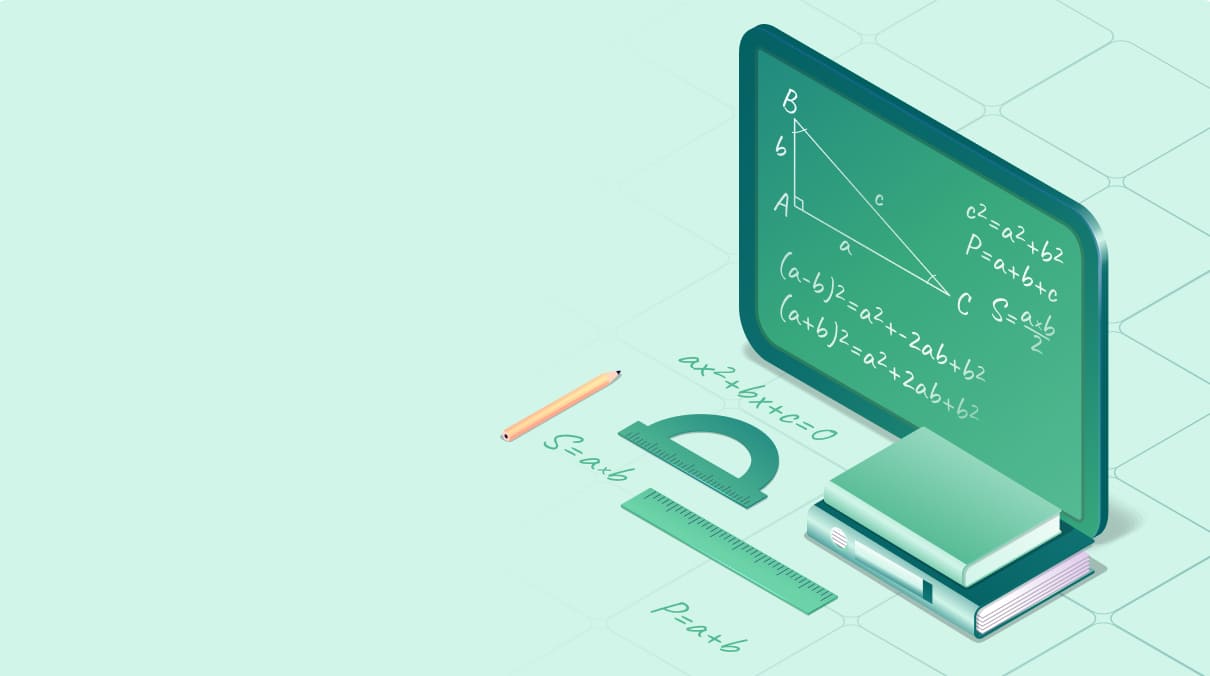Why you can’t count on ChatGPT to do math

You’ve probably noticed that while ChatGPT can write a poem or explain complex topics, it often stumbles when asked to solve math problems. Let’s explore why this happens and what’s being done about it.
Language vs. numbers
ChatGPT is primarily designed for language tasks. It’s great at predicting what word comes next in a sentence, but this skill doesn’t translate well to mathematical operations. When faced with a math problem, it tries to match patterns rather than actually calculate.
This fundamental design choice means that ChatGPT processes everything, including numbers and mathematical symbols, as if they were part of a language. While this approach works wonderfully for generating coherent text, it falls short when precise calculations are needed. It’s a bit like asking a literature professor to solve complex equations – they might understand the language used to describe the problem, but that doesn’t mean they can solve it accurately.
Training data gaps
The AI’s training data consists mostly of text from the internet and books. While this includes some math, it’s not enough for the AI to learn mathematical concepts thoroughly. It’s like trying to become a math whiz by casually reading about math instead of studying it systematically.
This lack of focused mathematical training means ChatGPT doesn’t have a solid foundation in mathematical principles. It might recognize mathematical terms and even generate text that looks like a mathematical explanation, but it doesn’t truly understand the underlying concepts. This is why ChatGPT might confidently provide an incorrect answer to a math problem – it’s essentially guessing based on patterns it’s seen, not calculating.
Breaking down the problem
ChatGPT processes text by breaking it into smaller pieces. This works well for language but can cause issues with math expressions. For example, it might see “2+2=4” as separate elements rather than a complete equation.
This tokenization process, while efficient for language processing, can disrupt the structure of mathematical expressions. In mathematics, the relationship between symbols is crucial. When these relationships are broken down into individual tokens, the AI can lose the context necessary for correct interpretation and calculation. It’s like trying to understand a sentence by looking at each word in isolation – you might get the gist, but you’ll miss the nuances and potentially the main point.
Lack of mathematical reasoning
Unlike humans or specialized math software, ChatGPT doesn’t truly understand mathematical principles. It can mimic mathematical language but struggles with the underlying logic and operations.
This absence of true mathematical reasoning means ChatGPT can’t perform the kind of step-by-step problem-solving that’s often necessary in mathematics. It can’t derive new mathematical insights or apply known principles to novel situations in the way a human mathematician would. Instead, it’s limited to reproducing patterns it’s seen before, which can lead to errors when faced with unfamiliar or complex problems.
Precision issues
When ChatGPT does try to handle numbers, it can run into accuracy problems. These small errors can snowball in more complex calculations.
The AI’s language model isn’t designed for the kind of precise numerical representations needed for accurate mathematics. It uses approximations and probabilistic methods, which can introduce small errors. In language tasks, small inaccuracies often don’t matter much – a slightly imprecise word choice might not change the overall meaning of a sentence. But in mathematics, even tiny errors can lead to significantly wrong results, especially in more complex calculations.
A different approach: Seraf
This is where specialized AI like Seraf comes in. Instead of relying on language prediction, Seraf uses database-like techniques to handle math and data analysis. This approach allows for more accurate and reliable mathematical operations.
Seraf’s design is fundamentally different from ChatGPT’s. It’s built to understand and manipulate numbers and mathematical operations directly, rather than treating them as elements of language. This means it can perform calculations with the kind of precision and reliability you’d expect from a calculator or a spreadsheet program, while still maintaining the flexibility to handle complex data analysis tasks.
Looking ahead
As AI continues to develop, we’ll likely see more specialized tools emerging to handle tasks that general-purpose AIs like ChatGPT find challenging. The future might bring AI systems that combine the best of both worlds – great with language and numbers.
This could lead to AI assistants that can not only engage in natural language conversations but also perform complex mathematical and analytical tasks accurately. We might see hybrid systems that use language models for interpretation and communication, but switch to specialized mathematical modules for calculations and data analysis. The key will be finding ways to seamlessly integrate these different capabilities to create more versatile and reliable AI systems.
Get valuable insights about AI and business automation
Rely on Seraf, AI that consolidates all your systems




